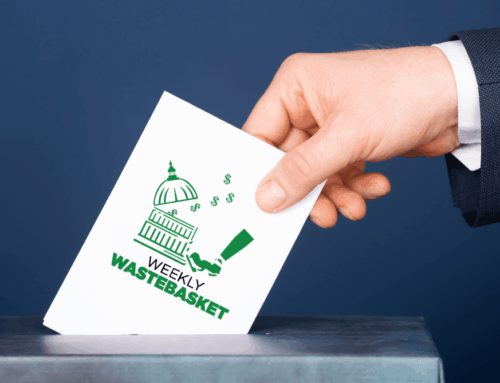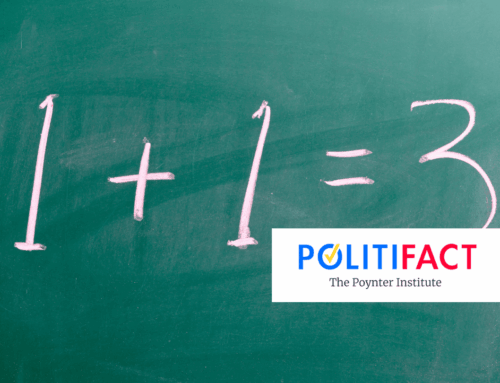Welcome to 2025. The 119th Congress has been sworn in and they already have a lot on their plate. One of the last acts of the 118th Congress was passing a continuing resolution (CR) to fund the government through March 14 at fiscal year 2024 spending levels. March will be here before we know it, so lawmakers need to get moving on fiscal year 2025 spending bills to then focus on fiscal year 2026.
One item left out of the end-of-year CR was any agreement on the debt limit. The Fiscal Responsibility Act of May 2023 suspended the debt limit until January 1, 2025. Whatever the debt stands at on midnight that day becomes the new ceiling that the government cannot exceed. As of December 31, 2024, the debt stood at $36.2 trillion. You might wonder how the government avoids breaching the limit when it spends money every day. Two things to keep in mind: the government also collects revenue daily, and the Treasury Department can employ “extraordinary measures” –essentially, delaying or suspending certain payments.
In late December, Treasury Secretary Janet Yellen wrote Congressional leaders that due to scheduled redemption of some nonmarketable securities on January 2, the federal debt would decrease by $54 billion, providing some temporary breathing room under the new debt limit. However, she also warned that the limit would likely be reached again later this month (between January 14th and 23rd), necessitating the use of extraordinary measures. These might buy time until summer—unless some extraordinary spending shortens this timeline, a real possibility given discussions within the new Congress and the incoming administration.
A topic of discussion is the use of budget reconciliation to enact a border security package early this year. The advantage of reconciliation is that it allows the Senate to pass legislation with a simple majority, sidestepping the 60-vote threshold to overcome a filibuster. However, reconciliation bills may only include provisions dealing with revenue, spending, and the debt limit—meaning a border security package will almost certainly consist of significant new spending rather than policy changes. Depending on how quickly that moves out the door, it could accelerate the exhaustion of extraordinary measures.
Yes, the debt limit can be addressed through reconciliation. Congressional Republicans and the President could include an increase in the debt ceiling as part of a reconciliation package. But—and there’s always a but—this will almost certainly rely on Republican votes alone for the increase and would likely require raising the ceiling trillions of dollars instead of enacting another “suspension”, as suspensions would likely be considered a policy change. Although raising the debt limit doesn’t add to the debt directly, the optics of such a move would make it appear as though they were planning to add trillions of dollars of debt right out of the gate.
You might hear claims that new revenue from tariffs promised by President-elect Trump will save the day. In fiscal year 2024, total revenue from tariffs was $77 billion, an increase of $3 billion from the last year of the prior Trump administration and more than double the revenue from fiscal year 2015. Even if tariffs were doubled again, revenue would only amount to about $150 billion, roughly 3 percent of expected federal revenue. And all this tariff revenue comes at a cost: U.S. importers pay the tariff and pass most, if not all, of the cost onto American consumers.
Bottom line is that Congress and the new President will have to deal with the debt limit sooner rather than later. And certainly, spending decisions could force action sooner than expected. President-elect Trump has called for suspending the limit until 2029—when he is conveniently out of office—or scrapping it entirely. We agree that eliminating it is the way to go. The debt limit has become a tool of fiscal brinksmanship, risking the full faith and credit of the U.S. Treasury. This is a risk we cannot afford to take. It’s time for Congress to scrap the debt limit and focus on making the tough tax and spending decisions necessary to manage the nation’s debt responsibly.










